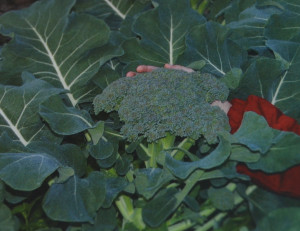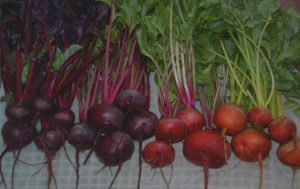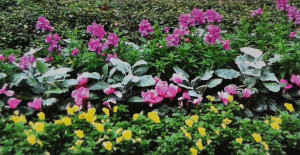February Checklist
Planning
___ Plan your perennial beds.
___ Plant small to medium sized shade trees for summer cooling on patios.
___ Consider using ground covers in areas where it is difficult to mow or where grass will not grow.
Planting
___ Plant any Spring bulbs that may still be hiding in your refrigerator.
___ Plant by seed: beets, carrots, collards, Swiss chard, kohlrabi, lettuce, mustard,
radish, shallots, and turnips.
___ Plant transplants or seed pieces of broccoli, cabbage, cauliflower, and Irish potatoes.
___ Sow seeds of corn, eggplant, peppers, and tomatoes in hotbeds or greenhouses.
Care
___ Wipe or wash off leaves of dusty houseplants.
___ Stake newly planted trees if they seem unstable.
Watering
___ Keep an eye on perennials in pots. They may need to be watered.
___ Maintain moisture around newly planted roses.
Problems
___ Collect and dispose of fallen of yellowing leaves caused by blackspot on roses.
Pruning
___ Remove old, dead growth on perennials.
___ Cut back ornamental grasses to within a few inches of the ground.
___ Use hedge shearers, string trimmer, or lawnmower set at highest setting to shear back overgrown ground covers.
Fertilizing
___ Fertilize greens, such as kale, collards, turnips, and spinach with a 15:5:10 or other 3:1:2 ratio fertilizer.
Month-By-Month Gardening in Texas by Dan Gill & Dale Groom
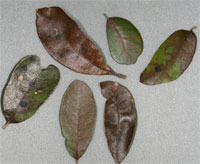
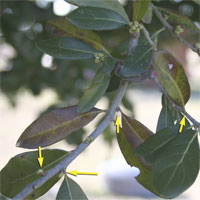
 As the Fall sets in and perennials start to die back, the temptation to trim that ‘ugly’ death matter down to the ground can send us searching for the pruners. But WAIT! There are many reasons you may want to wait until late Winter to remove what you perceive to be unacceptable appearances.
As the Fall sets in and perennials start to die back, the temptation to trim that ‘ugly’ death matter down to the ground can send us searching for the pruners. But WAIT! There are many reasons you may want to wait until late Winter to remove what you perceive to be unacceptable appearances. Free bird seed – Flower heads from many perennials are a great source of food for our feathered friends! Echinacea, Sunflowers and many ornamental grasses can sustain many birds over the cold months! Let them eat seeds!
Free bird seed – Flower heads from many perennials are a great source of food for our feathered friends! Echinacea, Sunflowers and many ornamental grasses can sustain many birds over the cold months! Let them eat seeds! If you haven’t yet set out tomato plants, now is the time to get them in! Be prepared to cover if we do get a goofy late freeze! Use tomato cages to help support the plants as they grow. Be sure to wrap them with some sort of wind break (row cover fabric or bottomless buckets work great) until the plants are at least a couple feet tall and can withstand high winds. Pepper plants can go in mid-month, too, as well as most herbs (wait another month for basil).
If you haven’t yet set out tomato plants, now is the time to get them in! Be prepared to cover if we do get a goofy late freeze! Use tomato cages to help support the plants as they grow. Be sure to wrap them with some sort of wind break (row cover fabric or bottomless buckets work great) until the plants are at least a couple feet tall and can withstand high winds. Pepper plants can go in mid-month, too, as well as most herbs (wait another month for basil).